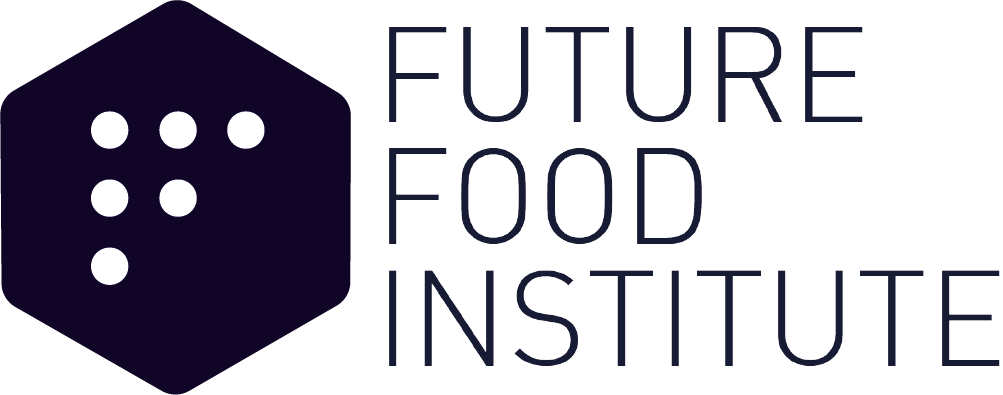R & D Methodology
Future Food’s dedicated consulting unit focuses on user-centricity from a foundation of design thinking. The team generates critical insights through innovation sprints and human-centered research bringing an acceleration of disruptive ideas, products, businesses, and marketing strategies towards sustainable food systems.
1. Benchmarking
Benchmarking
A necessary initial step in the innovation process, banchmarking analyzes a particular sector within the market to best identify potential needs to be filled. This step, requiring one or two internal team members, helps to guide future actions for the rest of the project.
Initial steps in benchmarking involve selecting relevant research outlets including a mix of established brands as well as innovative fields applicable to the project.
Once products have been identified as applicable to the project, they should be catalogued and clustered naturally revealing current trends and possible routes of innovation.
With numerous products mapped, discovering and highlighting insights is important internally for establishing innovative routes to be pursued in needfinding.
2. Needfinding
Needfinding
In Needfinding, our goal is to discover opportunity areas within the project scope. Our team sources insights and analyzes signals and trends, recruiting participants for interviews that match our challenge and target audience’s lifestyle. This process is critical because it is where we gain an in-depth understanding of our project’s goals, enabling us to design possible solutions.
3. Ideation
Ideation
This phase is where our human and planet centered ecosystem values shine. We use several different tools, techniques, and formats to drive ideation sessions with clients, end-consumers and our ecosystem experts. These ideas are clustered into opportunity projections for moonshot innovations, new product development, and overall company and portfolio strategies.
4. Prototyping
Prototyping
This process creates a tangible experience for target consumers with the goal of receiving constructive feedback on the ideal product for the market. The researching team meets with the culinary team in order to present the insights revealed in needfinding. From this information, the culinary team will begin brainstorming how to best address the needs and nutritional aspects of the project in the form of product concepts. Once product concepts have been narrowed down, the team will source the necessary ingredients and create pretotypes. After internal testing, the pretotypes are ready for external testing as official prototypes.
5. Testing
Testing
Testing allows us to understand where we need to reiterate and where we can solidify findings that are turned into our design-principles. To prepare, we recruit and schedule online tastings, scouting participants through our network. We develop an interview structure along with an NDA. Online testing allows for no geographical boundaries during this phase of work. We are able to access a broader audience and unlock diverse insights that don’t solely rely on main cities target groups. All the tastings are documented through Zoom video recordings, note taking, and photos. We also conduct “co-creation sessions” in which participants had a chance to design their own product packaging. These insights are then provided to our corporate partner. Additionally, corporate partners have the opportunity to take a design-thinking and rapid innovation approach to their own internal challenges through these co-creation sessions.
interested to learn more?
Fill in the form here for additional information on our Research and Development process or to discuss a potential project.
